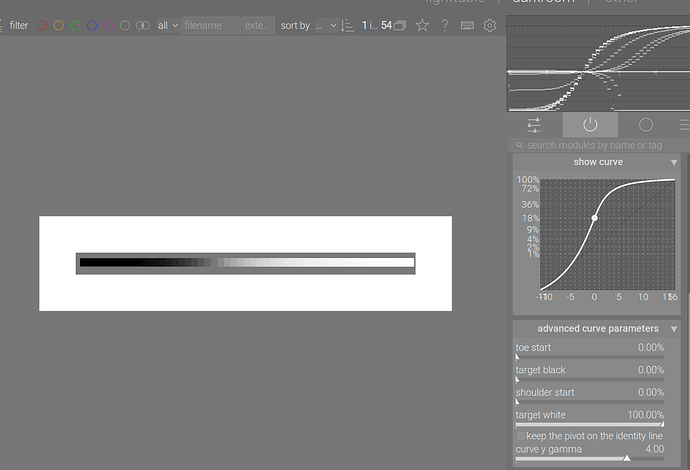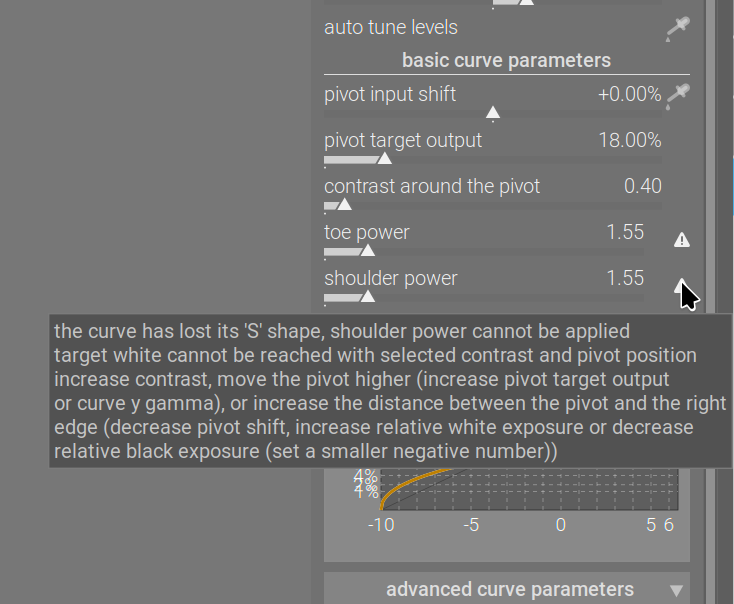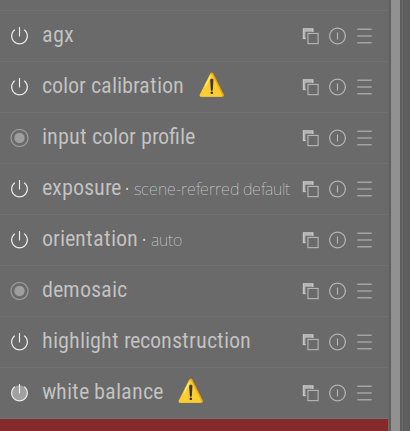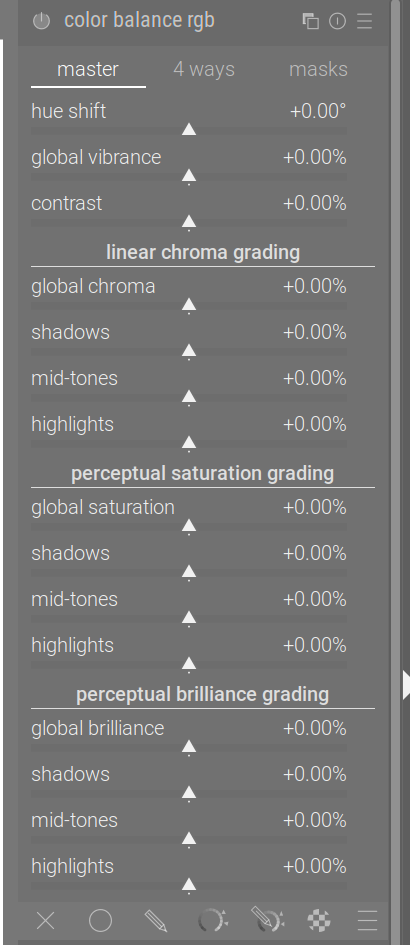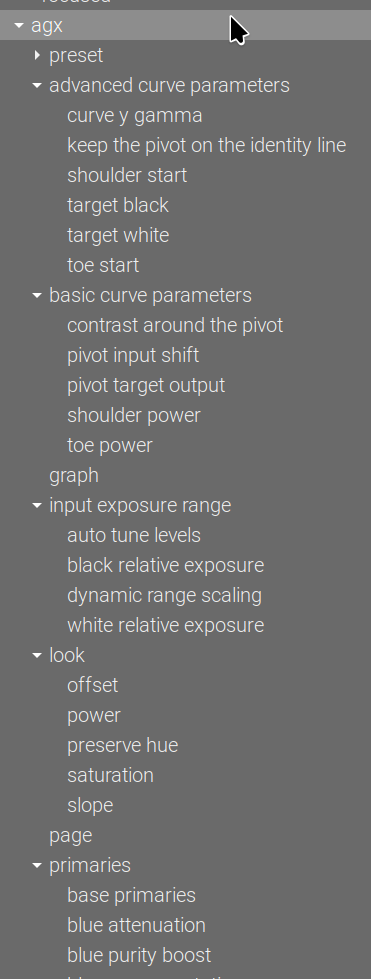What exactly makes it “display referred”? The curves? I don’t think so. My answer is that, it’s our interpretation of it that makes it “display referred”.
We chose to interpret it as “encoded in sRGB 2.2 inverse EOTF”, so we can apply the forward sRGB 2.2 EOTF to decode our “pretended” encoding.
Like I said, you can even pretend the result is encoded in HLG encoding, and decode it by applying the HLG EOTF, this interpretation will give you a Rec.2100 “HDR” version of the picture.
This interpretation holds the meaning of the picture we are forming.
In Blender, if people want to have different “contrast looks” they can choose in a pre-made list. They can also adjust exposure. In Darktable module, it simply means user can adjust the general contrast, toe, and shoulder power parameters to arrive at a good result. It’s just that in Blender, people get the advantage of being able to adjust the lighting setup at any point, while a photographer working in Darktable has already past the process where they can adjust their lighting setups.
Still, I would repeat Troy’s point there about how whiteness occurs at any code value. Even when the “highlight” is lower than the max, it would still be percieved as white.
I expect photographers to understand this point better than a pure CG artist, since taking a photo of a white wall won’t always give you max pixel output in a picture on screen. AgX is like a “camera” in this sense, just with the ability to be used with various different sensor hardware, that’s why I said in case the sensor clips below the default max, it’s probably okay to adjust.
Exposure range can definitely be used for artistic purposes. For example, a classic movie shot can be like, an explosion happens, there goes the mushroom cloud, and the whole frame gradually gets brighter and brighter until the entire frame is a solid block of “white”.
The exposure range parameter can be an artistic control of where that “gradually getting brighter” process would end. It serves as a visual narrative tool here.
That’s why I think the exposure range parameters can be useful, probably not in the “auto range” way, but rather in a more artisically decided way.
Feel free to disagree though.

